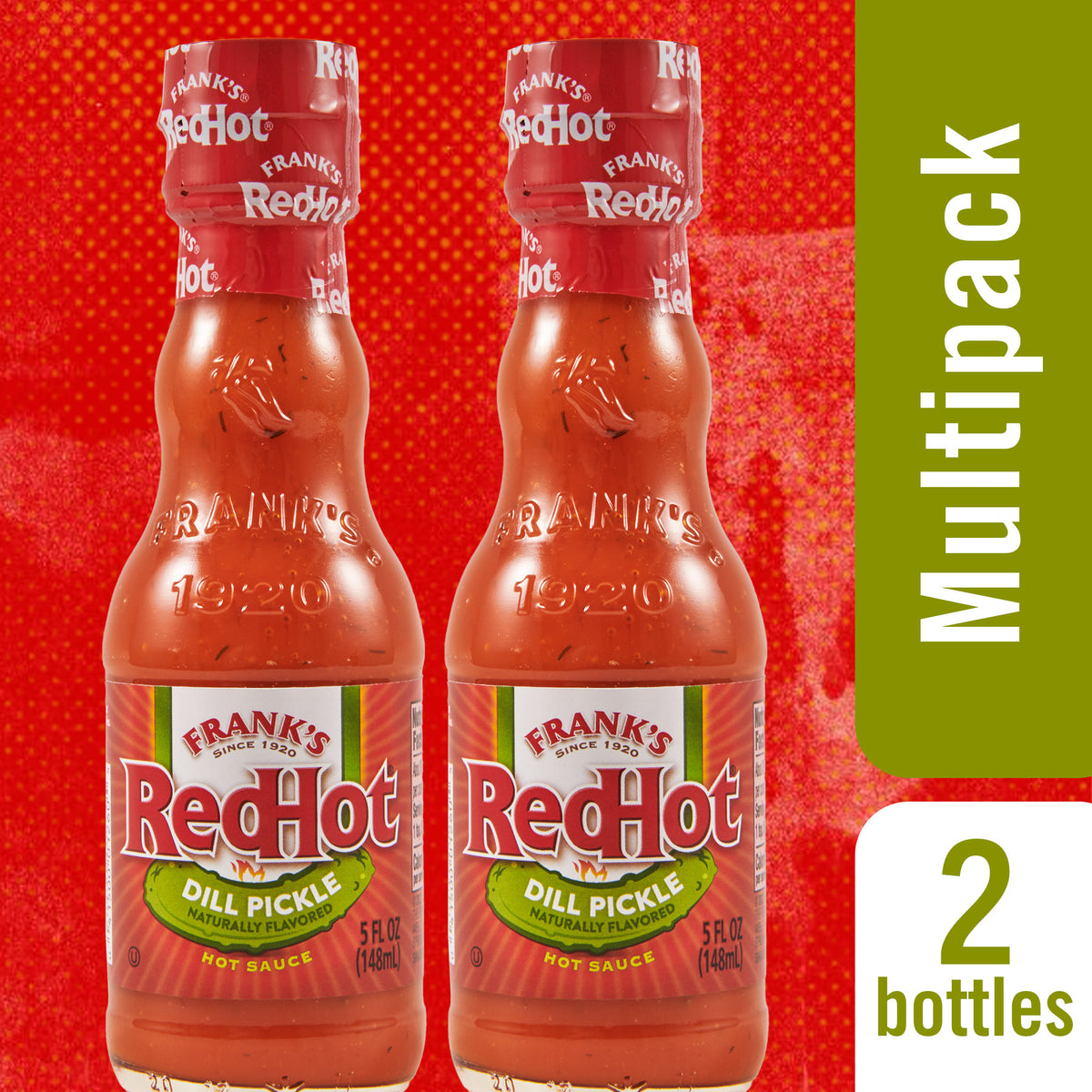Prepare to tantalize your taste buds with our dill pickle hot sauce recipe, a culinary masterpiece that blends the zesty tang of dill pickles with the fiery heat of chili peppers. Whether you’re a seasoned hot sauce enthusiast or a novice seeking a new flavor adventure, this recipe will guide you through the process of crafting a delectable condiment that will elevate any dish to new heights.
From ingredient selection to preservation techniques, we’ll delve into the intricacies of creating a dill pickle hot sauce that perfectly balances flavor and heat. So gather your ingredients, put on your apron, and let’s embark on a culinary journey that will leave your taste buds craving more.
Ingredients and Proportions: Dill Pickle Hot Sauce Recipe
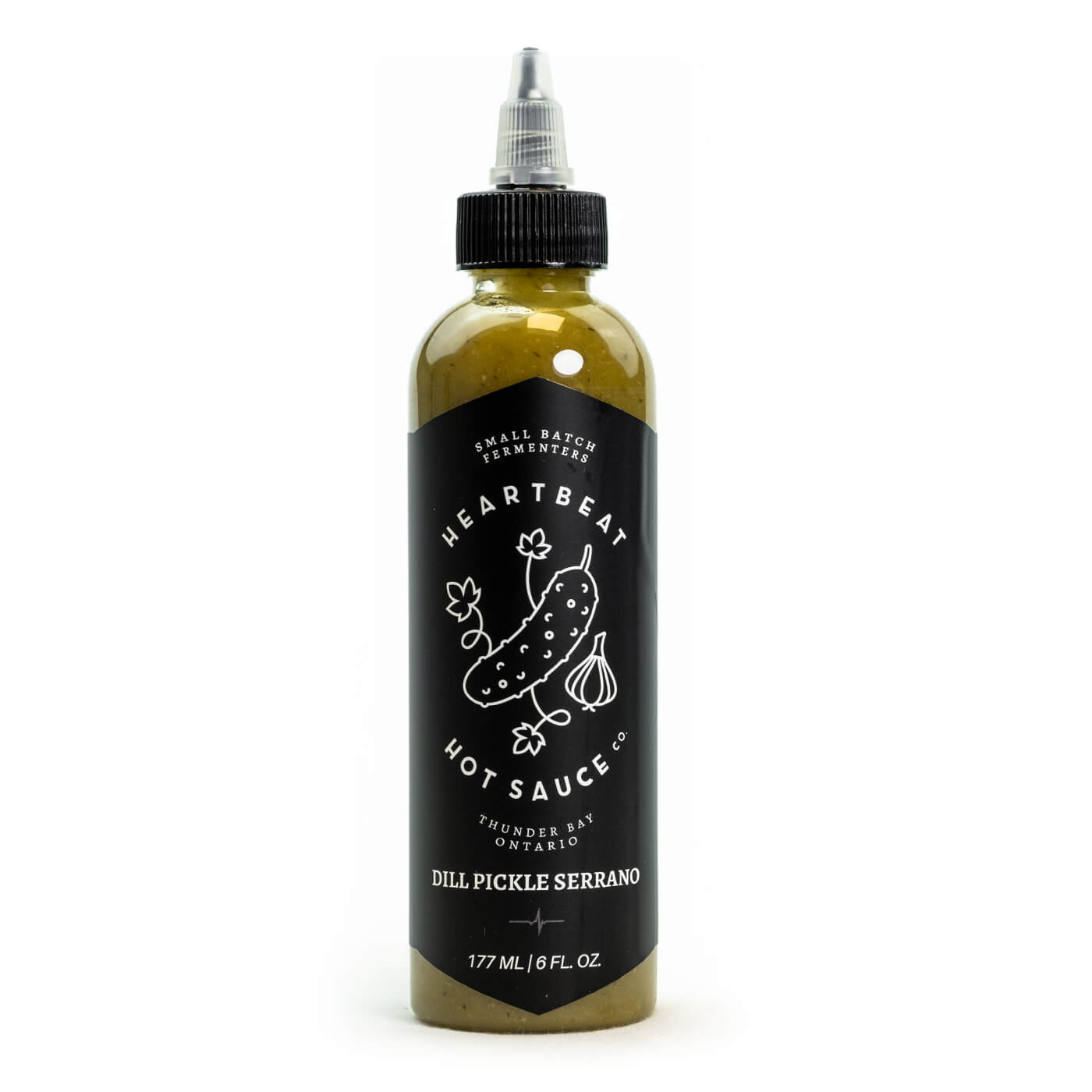
Dill pickle hot sauce typically includes a combination of fresh dill pickles, vinegar, sugar, and chili peppers. The proportions of each ingredient can vary depending on the desired flavor and heat level.
- Dill pickles: The pickles provide the base flavor of the sauce. The amount used can range from a few to a whole jar, depending on the desired intensity.
- Vinegar: Vinegar adds acidity and helps to preserve the sauce. The type of vinegar used can also affect the flavor, with white vinegar being the most common choice.
- Sugar: Sugar balances the acidity of the vinegar and adds sweetness to the sauce. The amount of sugar used can vary depending on the desired sweetness level.
- Chili peppers: Chili peppers add heat to the sauce. The type of chili pepper used and the amount will determine the heat level. Jalapeños are a common choice for a mild heat, while habaneros or ghost peppers can be used for a more intense heat.
The proportions of each ingredient can be adjusted to create a sauce that meets your specific tastes. For a milder sauce, use fewer chili peppers or reduce the amount of sugar. For a hotter sauce, use more chili peppers or increase the amount of sugar.
Preparation Methods
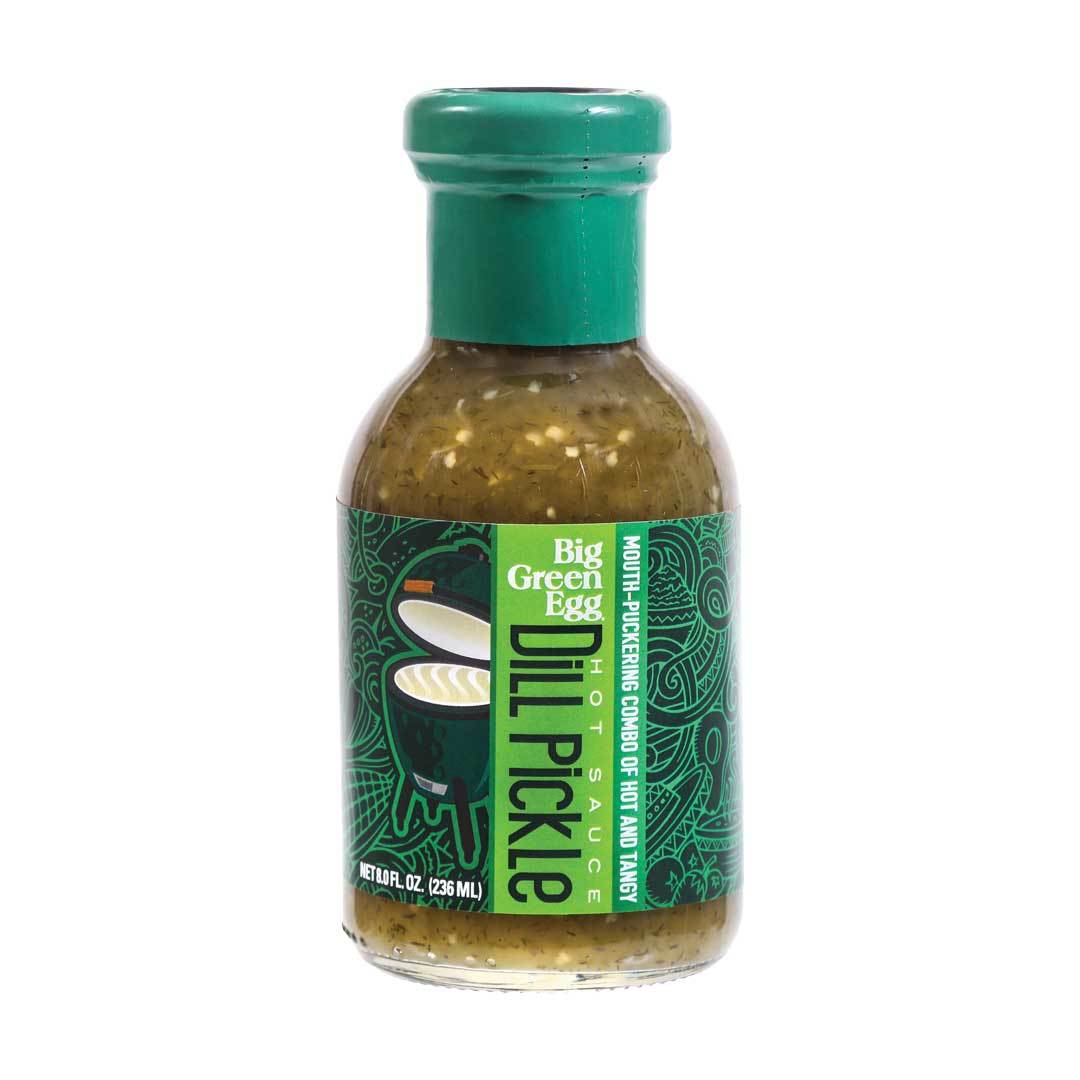
Dill pickle hot sauce can be prepared using various methods, each with its own advantages and disadvantages. The most common methods include chopping, blending, and simmering.
Chopping
Chopping involves manually cutting the dill pickles into small pieces. This method is time-consuming but allows for more control over the texture of the hot sauce. Chopped dill pickle hot sauce typically has a chunky texture.
Blending
Blending involves using a blender or food processor to puree the dill pickles. This method is faster and easier than chopping but can result in a smoother texture. Blended dill pickle hot sauce typically has a creamy consistency.
Simmering
Simmering involves cooking the dill pickles in a liquid, such as vinegar or water, until they soften. This method is the most time-consuming but allows for the flavors to meld and develop. Simmered dill pickle hot sauce typically has a richer flavor and a more complex texture.
The choice of preparation method depends on the desired texture and flavor of the hot sauce. Chopping is recommended for a chunky texture, blending for a smooth texture, and simmering for a richer flavor.
Flavor Variations
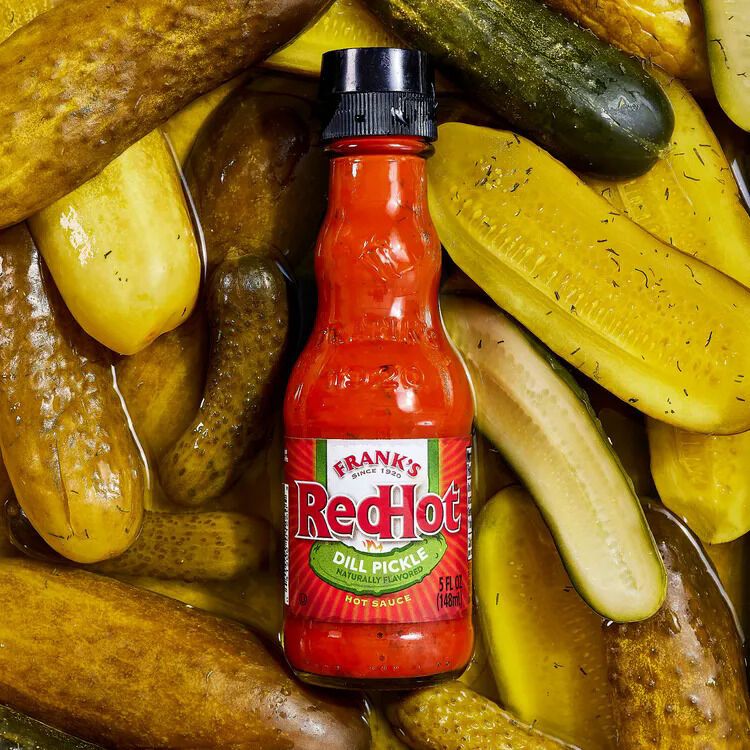
Experimenting with additional ingredients can yield unique flavor profiles in your dill pickle hot sauce. These additions enhance or alter the taste, creating diverse options to suit various palates.
While the tangy kick of dill pickle hot sauce is a perfect complement to any spicy dish, sometimes you crave a creamy and savory sauce. For those moments, try out this bertolli vodka sauce recipe . It’s quick, easy, and guaranteed to elevate your pasta dishes.
Once you’ve enjoyed the rich flavors of the vodka sauce, don’t forget to return to the zesty heat of dill pickle hot sauce for your next culinary adventure.
Below are some common variations and their impact on the sauce’s flavor:
Vinegar Variation
- Apple Cider Vinegar: Imparts a sweet and tangy flavor, balancing the heat.
- White Wine Vinegar: Adds a crisp and subtle acidity, complementing the dill.
- Rice Vinegar: Provides a milder acidity with a slightly sweet undertone.
Spice Variations
- Garlic: Enhances the savory notes, adding depth and umami.
- Onion: Provides a sweet and pungent flavor, balancing the heat.
- Horseradish: Adds a sharp and intense heat, elevating the spiciness.
Herb Variations
- Basil: Introduces a fresh and herbaceous flavor, complementing the dill.
- Parsley: Adds a bright and slightly peppery flavor, enhancing the overall taste.
- Thyme: Provides a warm and earthy flavor, adding complexity to the sauce.
Heat Level Control
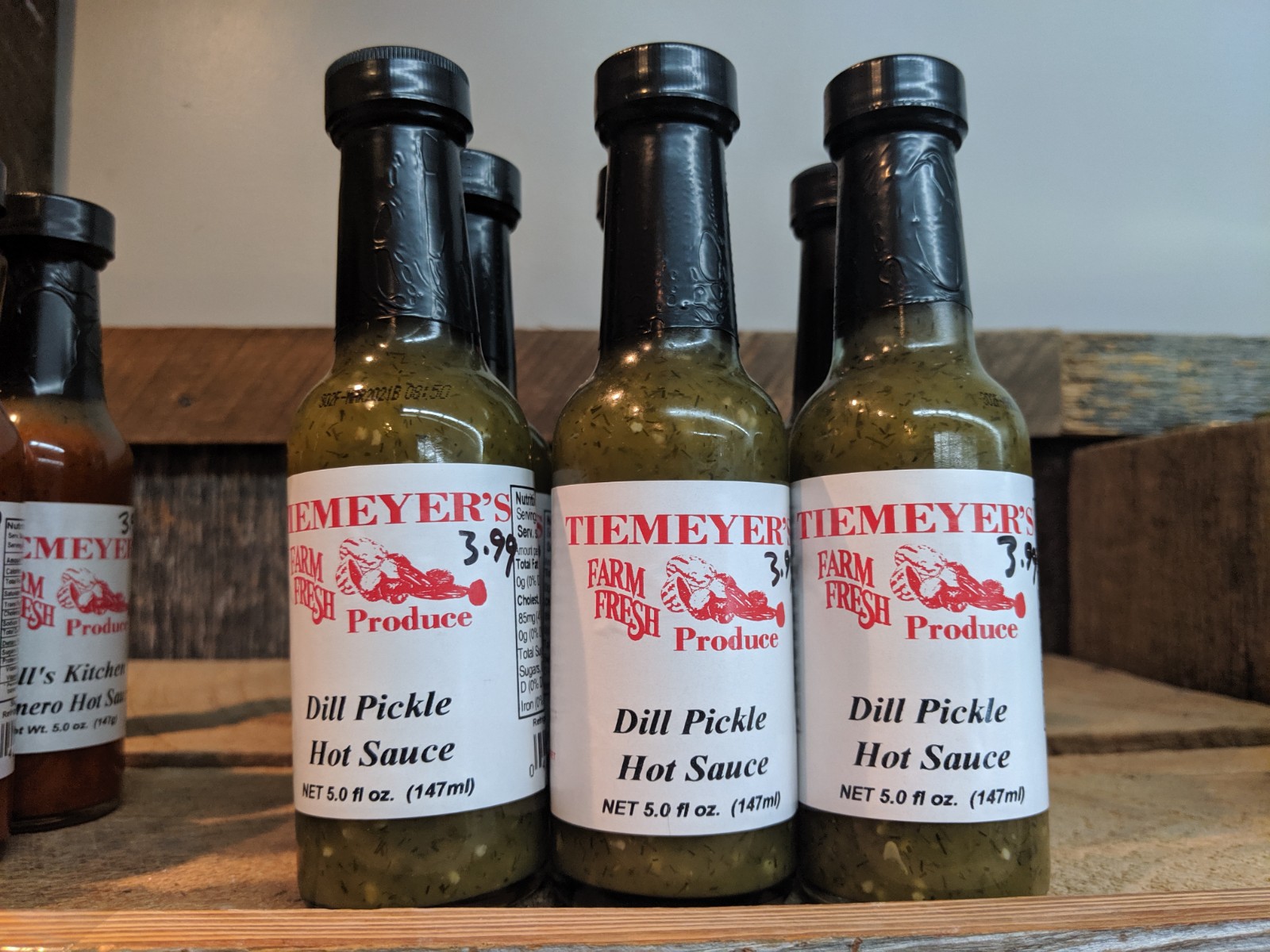
The heat level of your hot sauce is determined by the type and amount of chili peppers used. Different varieties of chili peppers have varying degrees of heat, measured on the Scoville scale. The Scoville scale is a measure of the capsaicin content in chili peppers, which is the compound that gives them their heat. The higher the Scoville rating, the hotter the pepper.
Adjusting the Heat Level
There are a few ways to adjust the heat level of your hot sauce. One way is to use different varieties of chili peppers. For a milder hot sauce, use peppers with a lower Scoville rating, such as bell peppers or Anaheim peppers. For a hotter hot sauce, use peppers with a higher Scoville rating, such as habaneros or ghost peppers.
Another way to adjust the heat level is to adjust the amount of chili peppers used. The more chili peppers you use, the hotter the hot sauce will be. You can also adjust the heat level by removing the seeds and ribs from the chili peppers before using them. The seeds and ribs contain the most capsaicin, so removing them will reduce the heat level.
Scoville Scale
The Scoville scale is a measure of the capsaicin content in chili peppers. The scale is named after Wilbur Scoville, who developed the test in 1912. The Scoville scale is based on the amount of capsaicin that is required to produce a sensation of heat in the mouth. The higher the Scoville rating, the hotter the pepper.
The Scoville scale is used to measure the heat level of chili peppers, hot sauces, and other spicy foods. The scale ranges from 0 to 16,000,000 Scoville units. Bell peppers have a Scoville rating of 0, while ghost peppers have a Scoville rating of over 1,000,000.
Preservation Techniques

To ensure your dill pickle hot sauce stays fresh and flavorful, employing preservation techniques is essential. These methods help inhibit the growth of microorganisms and extend the shelf life of your creation.
Canning
Canning involves sealing the hot sauce in sterilized jars and heating them in a boiling water bath. This process creates a vacuum seal, preventing air and bacteria from entering the jars. Canned hot sauce can be stored at room temperature for up to a year.
Benefits: Long shelf life, no refrigeration required.
Drawbacks: Requires specialized equipment and can be time-consuming.
Freezing
Freezing is a quick and easy way to preserve hot sauce. Simply pour the sauce into airtight containers and freeze for up to 6 months. When ready to use, thaw the sauce in the refrigerator or at room temperature.
Benefits: Convenient, no special equipment needed.
Drawbacks: Shorter shelf life than canning, may alter the texture of the sauce.
Refrigeration
Refrigerating hot sauce is the simplest preservation method. Store the sauce in an airtight container in the refrigerator for up to 2 weeks. Refrigeration slows down the growth of bacteria, but it does not prevent it completely.
Benefits: Quick and easy, no special equipment needed.
Drawbacks: Shortest shelf life of the three methods, requires refrigeration.
Serving Suggestions

Dill pickle hot sauce is a versatile condiment that can enhance the flavor of a wide range of dishes and cuisines.
Its unique combination of tangy, spicy, and herbaceous flavors complements both savory and sweet dishes.
As a Marinade
- Dill pickle hot sauce adds a zesty kick to meats, poultry, and seafood.
- Marinate chicken, steak, or shrimp in a mixture of dill pickle hot sauce, olive oil, and your favorite seasonings.
- The sauce infuses the meat with a flavorful crust while keeping it moist and tender.
As a Dipping Sauce
- Dill pickle hot sauce is a perfect dipping sauce for fried foods, such as onion rings, chicken tenders, and fries.
- Its tangy flavor balances the richness of the fried foods and adds a satisfying spicy kick.
- It can also be used as a dipping sauce for chips, vegetables, and dumplings.
In Sandwiches and Wraps
- Dill pickle hot sauce adds a burst of flavor to sandwiches and wraps.
- Spread it on bread, tortillas, or wraps along with your favorite fillings, such as deli meats, cheeses, and vegetables.
- The hot sauce complements the savory flavors of the fillings and adds a refreshing tang.
In Salads, Dill pickle hot sauce recipe
- Dill pickle hot sauce can be used as a flavorful dressing for salads.
- Combine it with olive oil, vinegar, and your favorite seasonings to create a tangy and spicy dressing.
- The hot sauce adds a unique flavor to salads, especially those with fresh vegetables and grilled meats.
Last Recap

As we reach the end of our dill pickle hot sauce expedition, remember that the true joy lies in experimenting with flavors and heat levels to create a condiment that suits your unique palate. Whether you prefer a mild kick or an inferno of heat, this recipe empowers you to customize your hot sauce to perfection. So don’t be afraid to tweak the ingredients, adjust the proportions, and let your creativity shine through. The possibilities are endless, and the rewards are delicious.
Questions and Answers
Can I use different types of chili peppers?
Absolutely! Feel free to experiment with various chili peppers to achieve your desired heat level. Just remember to adjust the amount accordingly to avoid overpowering the dill pickle flavor.
How long does the hot sauce last?
Properly stored in an airtight container in the refrigerator, your dill pickle hot sauce can remain fresh for up to 2 weeks. If you want to extend its shelf life, you can freeze it for up to 3 months.
Can I use fresh dill pickles instead of canned ones?
Yes, you can! Fresh dill pickles will give your hot sauce a brighter, more herbaceous flavor. Just make sure to use the same amount as indicated in the recipe.

